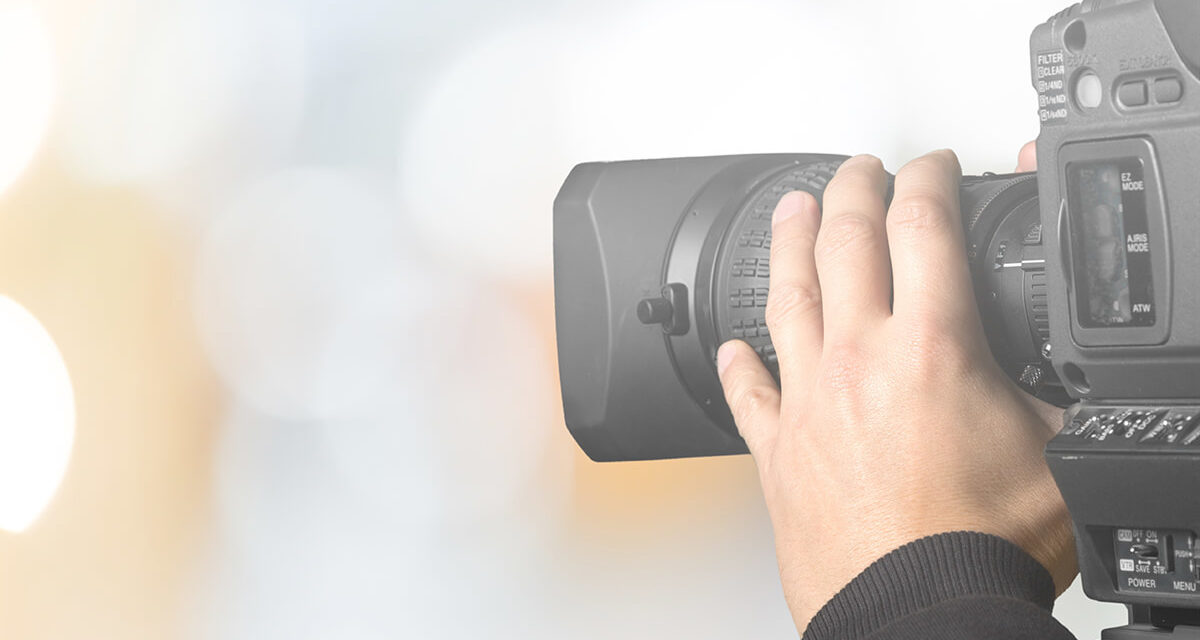What is the advantage of capturing the moment at the moment as it relates to using video at depositions?
As we see time and again in our normal day-to-day interactions, what someone says and the story someone else reports may not always be the same. There are constant examples such as this that remind us how important and beneficial the full video medium has become.
How many times have we seen a video that contradicts what an individual or group has said or claimed to be the absolute truth, only to be discovered as completely false once the video surfaced?
Capturing the moment at the moment is exactly what it appears to be, capturing the important moment when it occurs and getting it on video at that moment. Why does that really matter? Words can only convey so much. Testimony on video conveys the inflection in someone’s testimony and allows the viewer to understand the emotion of the situation, a person’s mannerisms, demeanor, which can have quite an impact on the outcome at trial, for example. If a trial is held months later and a deponent’s demeanor or previous statements have changed from their original testimony, those differences could mean the difference between winning or losing. Without video, possibly important and even small incidental reactions that may only happen once are lost without being captured on a permanent basis.
Video is probably not appropriate for all situations because it may not make sense from a value and/or benefit standpoint. The idea is to use the best tools possible when it does provide value and benefit. Bear in mind, though, too many times relying strictly on the written words to produce the best results is likely to yield only adequate results. The question might then become, what is adequate?
The definition of adequate: Satisfactory or acceptable results.
Adequate results are not the same as the best results possible. Each individual determines what “adequate” means to them and their specific clients and cases. As an example, a letter grade of C will pass the course and is adequate, but a C is not an A.
There are not many scenarios in which using a visual record of something that has transpired is not going to be helpful. The main takeaway should be a strong consideration for a visual medium to support and strengthen the final presentation. You have only one chance to get it all.

